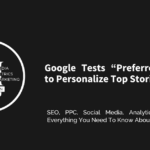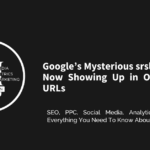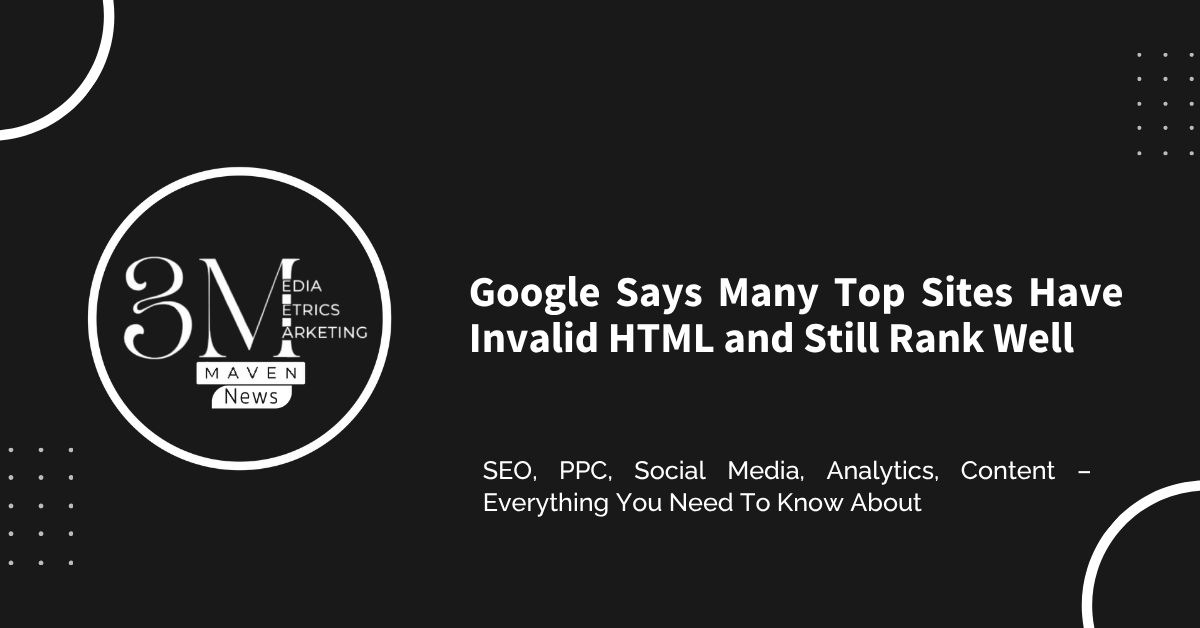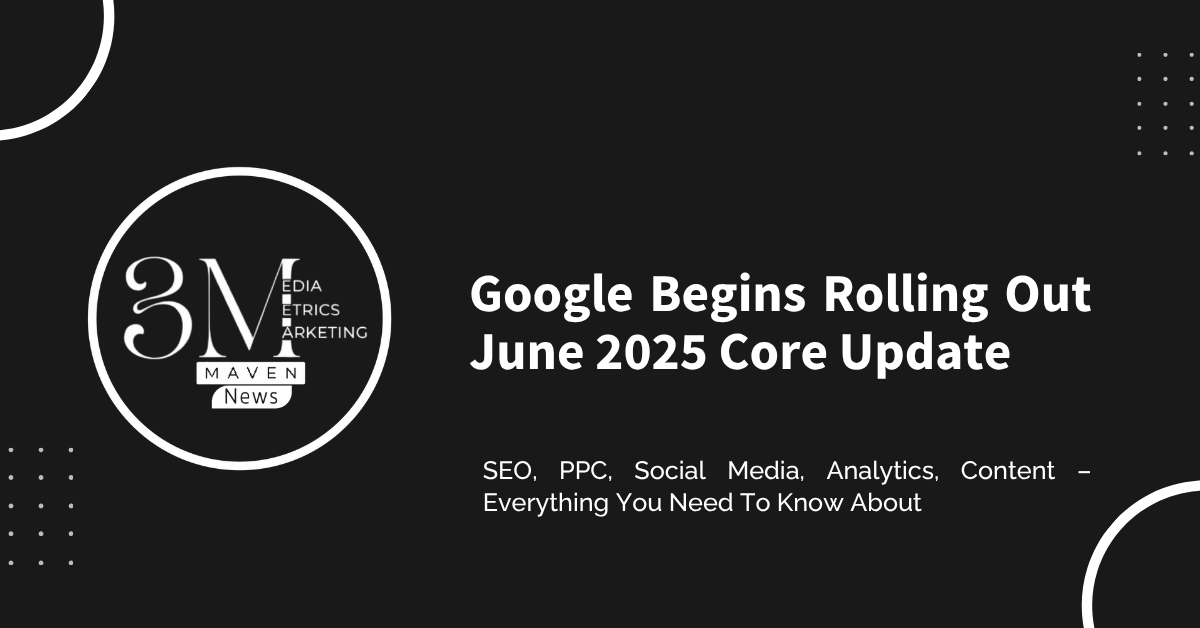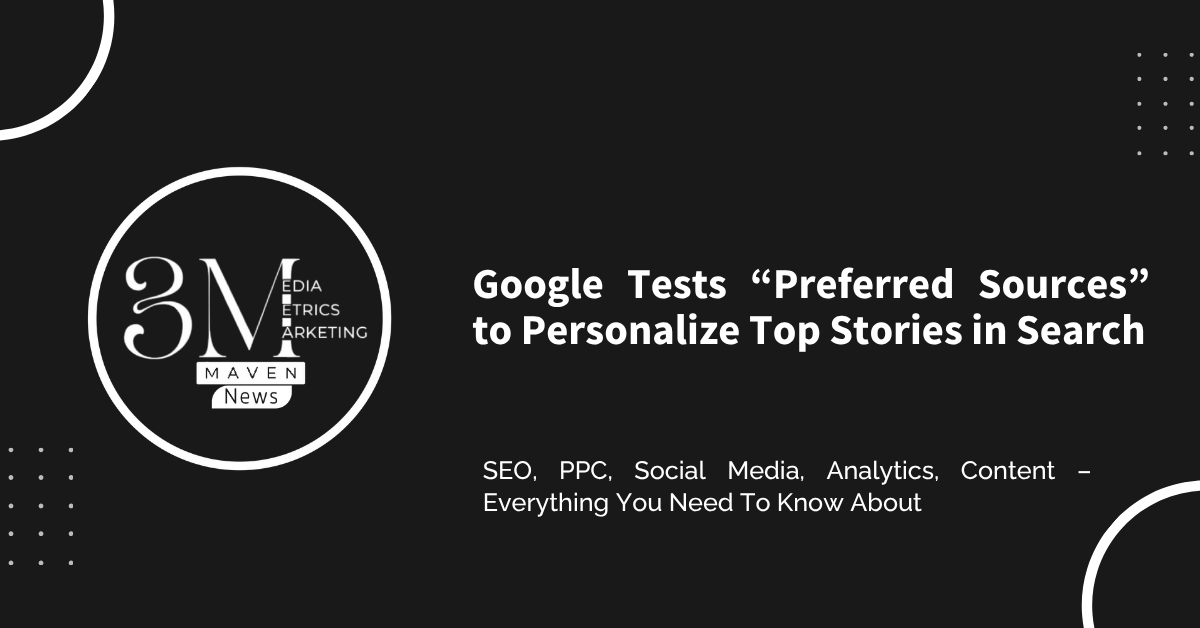New findings from ZipTie highlight a significant blind spot in Google Search Console (GSC) : nearly half of all search queries driving traffic to websites are not being reported.
The research, led by Tomasz Rudzki, co-founder of ZipTie, shows that GSC fails to capture many conversational queries , especially those phrased like natural language questions. These types of searches are becoming increasingly common as users interact with voice assistants and AI chatbots.
Conversational Queries Vanish From GSC Reports
Rudzki began his investigation with a straightforward test on his own website. He repeatedly searched Google using natural language questions across different devices and accounts—queries that clearly led to visits on his site, confirmed through other analytics tools.
Yet when he checked Google Search Console for those same queries, there was no trace of them.
As Rudzki described it:
“Zero. Nada. Null.”
To ensure this wasn’t an anomaly, he asked ten other SEO professionals to replicate the test. The result was consistent: none of their conversational queries appeared in GSC, despite generating real traffic.
Why Are Queries Missing? A Possible Minimum Volume Threshold
The study suggests that GSC may only begin tracking queries once they reach a certain search volume threshold . Individual variations of similar questions might each receive just 10–15 monthly searches, but collectively, they can represent hundreds or even thousands of searches on the same topic.
For example:
- “What are the pros and cons of the iPhone 16?”
- “Should I buy the new iPhone or stick with Samsung?”
- “Compare iPhone 16 with Samsung S25”
Each of these may be too low-volume on its own to register in GSC, yet together they reflect a substantial user interest.
Even more puzzling is that when these queries eventually surpass the volume threshold and appear in reports, historical data seems to disappear , leaving no record of earlier performance.
Google Shows AI Answers But Not the Queries
Adding to the confusion: while GSC doesn’t report these conversational queries, Google itself displays AI-generated answers for them in search results.
After analyzing over 140,000 question-based searches from “People Also Ask” boxes, Rudzki found that Google provides AI Overviews for about 80% of these queries.
He noted:
“So it seems Google is ready to show the AI answer on conversational queries. Yet, it struggles to report conversational queries in one of the most important tools in SEO’s and marketer’s toolkits.”
The Impact on SEO Strategy
When marketers and SEOs lack access to half of their organic search data, decision-making becomes guesswork.
Content teams rely on keyword tools rather than actual user intent. Pages that seem underperforming in GSC may actually be attracting significant traffic through untracked queries. And because emerging trends often start as low-volume conversations, brands risk falling behind competitors who could act faster if they had full visibility into user behavior.
Recommendations for SEO Professionals
Given these limitations, the solution lies in adapting your strategy:
- Shift focus from Queries to Pages : Use the Pages tab in GSC to identify which content drives traffic, regardless of the exact search terms used.
- Create comprehensive, question-focused content : Instead of targeting isolated keywords, aim to fully address topics and answer user questions in depth.
- Supplement GSC with additional tools : Combine GSC with other analytics platforms, customer surveys, and AI assistant testing to understand how users really search.
- Optimize for conversational search : Think about how users phrase questions when using voice search or chatbots, and tailor content accordingly.
Looking Ahead: The Growing Gap Between Search Behavior and Tracking Tools
Voice search is already used regularly by around 20% of people worldwide , and AI tools are shaping how users ask questions online. As conversational search continues to grow, the gap between how people search and what tools like GSC report will likely widen.
Until Google addresses these reporting issues, successful SEO strategies must rely on multiple data sources and approaches that account for the invisible half of organic traffic —traffic that delivers real results but remains hidden from view.



